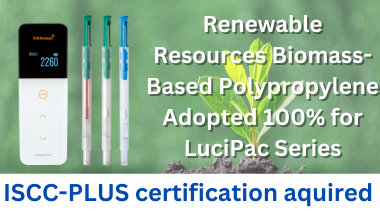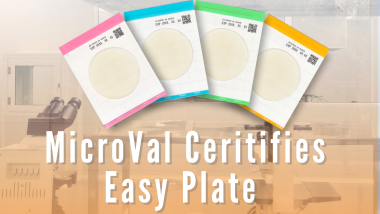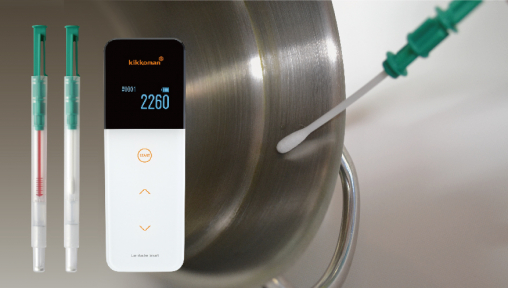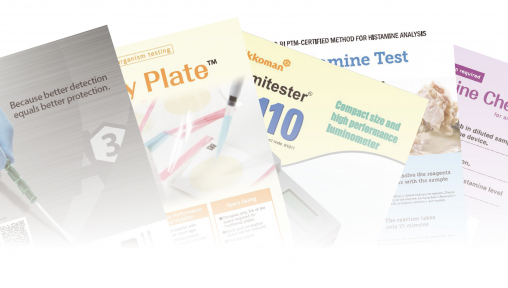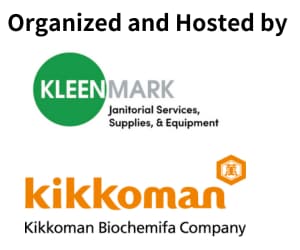Evaluation of Hand Hygiene Practices and Educational Interventions Among Indonesian Nursing Student
Authors:
Mayumi Sato, Syahrul, Tantut Susanto, Fithria, Naoki Hokama, Ruka Saito, Andi Muhammad Fiqri Muslih Djaya, Hiroshi Sugimoto
Published in: Journal of Rural Community Nursing Practice
*Volume 3, Issue 1 (March 2025), pp. 60–82

Overview
Hand hygiene (HH) remains a cornerstone of infection prevention, yet a gap often exists between knowledge and practice—particularly among healthcare students. This study investigates the real-world hand hygiene behaviors of Indonesian nursing students using a mixed-method approach including questionnaires, ATP (adenosine triphosphate) swab testing, and hand hygiene visualization tools.
Key Objectives
To assess the hand hygiene adherence of nursing students during clinical training To evaluate practical handwashing using ATP wipe tests and a Hand Hygiene Checker To explore the effectiveness of visual and numerical feedback as educational tools
Methodology
Participants: 637 Indonesian nursing students from 3 national universities
Instruments:
- Online survey on HH knowledge, behavior, and self-assessment
- ATP Test (Kikkoman A3) (n = 25): Measured bioluminescence before and after handwashing
- HH checker (n = 26): Visualized contamination areas under UV light
Analysis: Quantitative (SPSS v29), Qualitative (KH Coder for text mining)
Key Findings
| Evaluation Metric | Results |
| Hand Hygiene Knowledge | 99.8% Understood hand hygiene methods |
| WHO-recommended 40-60 sec handwashing | Only 30.2% complied |
| ATP threshold (≤2,000 RLU) after hand hygiene | Only 40% met the standard |
| Residual contamination (fingertips, nails) | Over 90% observed |
| Difficult hand hygiene moments | "Before patient contact" and "after touching surroundings" were most missed |
Educational Implications
- Visual tools (e.g., blacklight visualization)helped students realize overlooked contamination.
- ATP Test (Kikkoman A3) results provided instant, quantifiable hygiene feedback.
- Finding highlights the need for ongoing, practical training, not just theoretical knowledge.
Conclusion
Despite high awareness, many students perform hand hygiene based on personal judgment, not infection control principles. Educational strategies that include hands-on assessment tools and behavioral feedback are essential for improving adherence to best practices in clinical settings.
Download & Citation
Download the article from https://ebsina.or.id/journals/index.php/JRCNP/article/view/476
Citation:
Sato, M., Syahrul, Susanto, T., Fithria, Hokama, N., Saito, R., Djaya, A. M. F. M., & Sugimoto, H. (2025).
Evaluation of Hand Hygiene Practices and Educational Interventions Among Indonesian Nursing Students: An Analysis Using ATP Wipe Tests and Hand Hygiene Checkers. Journal of Rural Community Nursing Practice, 3(1), 60–82. https://doi.org/10.58545/jrcnp.v3i1.476




